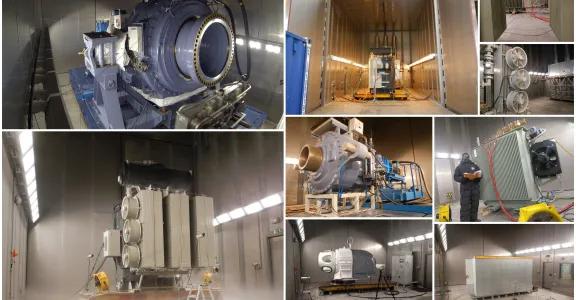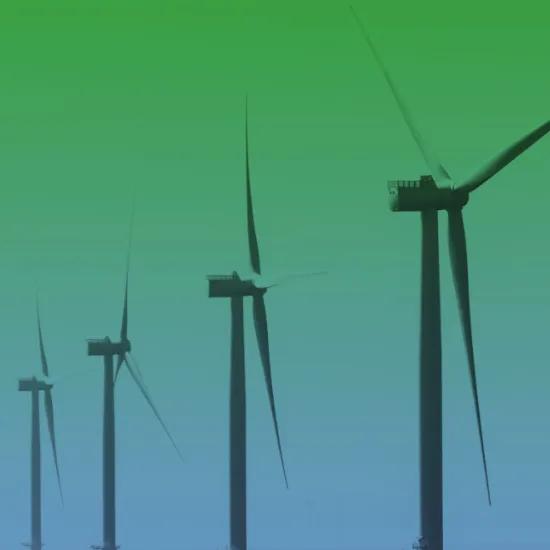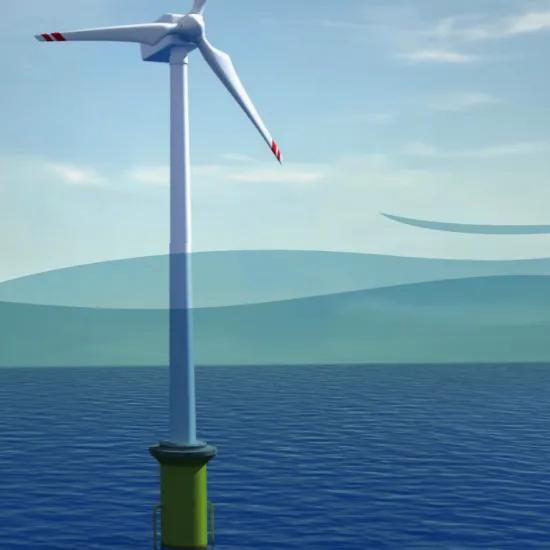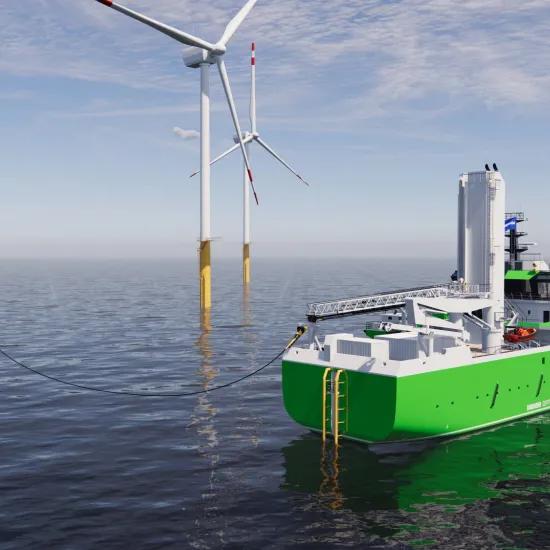A recent report, issued by one of the world's largest insurers of renewable energy assets, maps out the risks in the renewable energy sector, overall and by subsector.
The report, which shares relevant data for the renewable energy sector, is based on a contradiction: on the one hand, no energy sector is immune to the threat of natural disasters (including fossil and nuclear power plants), as long as we have to rely on physical infrastructure for our essential needs; on the other hand, the renewable energy sector, whose mission is to combat climate change, is one of the sectors most exposed to its effects.
Growing risk of extreme weather conditions
In addition to the traditional natural disasters that occur infrequently and affect large areas, the emerging renewable energy market faces a new category of risks: extreme weather events, which are much more localised, such as heavy rainfall, ice, hail and forest fires. Because they do not fall under the traditional definitions of natural disasters and recovery efforts are also smaller, these events are less reported and risk staying under the radar, despite the fact that they are as big a threat as traditional natural disasters for renewable energy projects.
However, due to global warming, extreme weather conditions are becoming the new normal. For example, a hailstorm in 2019 resulted in the largest ever loss of solar assets. Over the last decade, the risk profile of events related to natural disasters and extreme weather has changed dramatically for renewable energy asset owners and insurers due to the increased frequency and financial impact. Moreover, the risks are no longer limited to specific regions or seasons. Renewable energy projects are still more common in less favourable and more remote locations, which increases the risks.
Prepare for the future
Of course, the insurers are not the only ones to draw conclusions and take action; owners and developers of renewable energy assets also need to be (more) thoroughly prepared. Sirris helps them by means of publications, projects and events. For many years, we have specialised in the development and testing of products suitable for (extremely) harsh environments, through our accumulated know-how, experience and infrastructure. Read more about it in our annual report of 2020.
In this context, the COOCK project Fighting Icing was launched last year, with the aim of translating state-of-the-art knowledge and solutions to detect, prevent and limit icing problems in various application areas into structured and concrete methodologies for their implementation.
Sirris is also a partner in the ICON project Rainbow: in this project the impact of rain on the erosion on blades of offshore wind turbines is investigated. The impact of lightning on the composite blade structures is also being examined with a view to improving asset management. In addition to research into the degradation, solutions are also sought for monitoring these degradation issues and estimate when corrective action is required.
Finally, we are also continuously expanding our test and measurement infrastructure, at the request of the sector and within the framework of current and future projects. In the OWI-Lab consortium, knowledge, experience, testing and measuring equipment are available to simulate the effects of harsh weather conditions on land, at sea and in the air.
Interested in one of our projects or the opportunities we can offer through OWI-Lab? Make sure to contact us!




